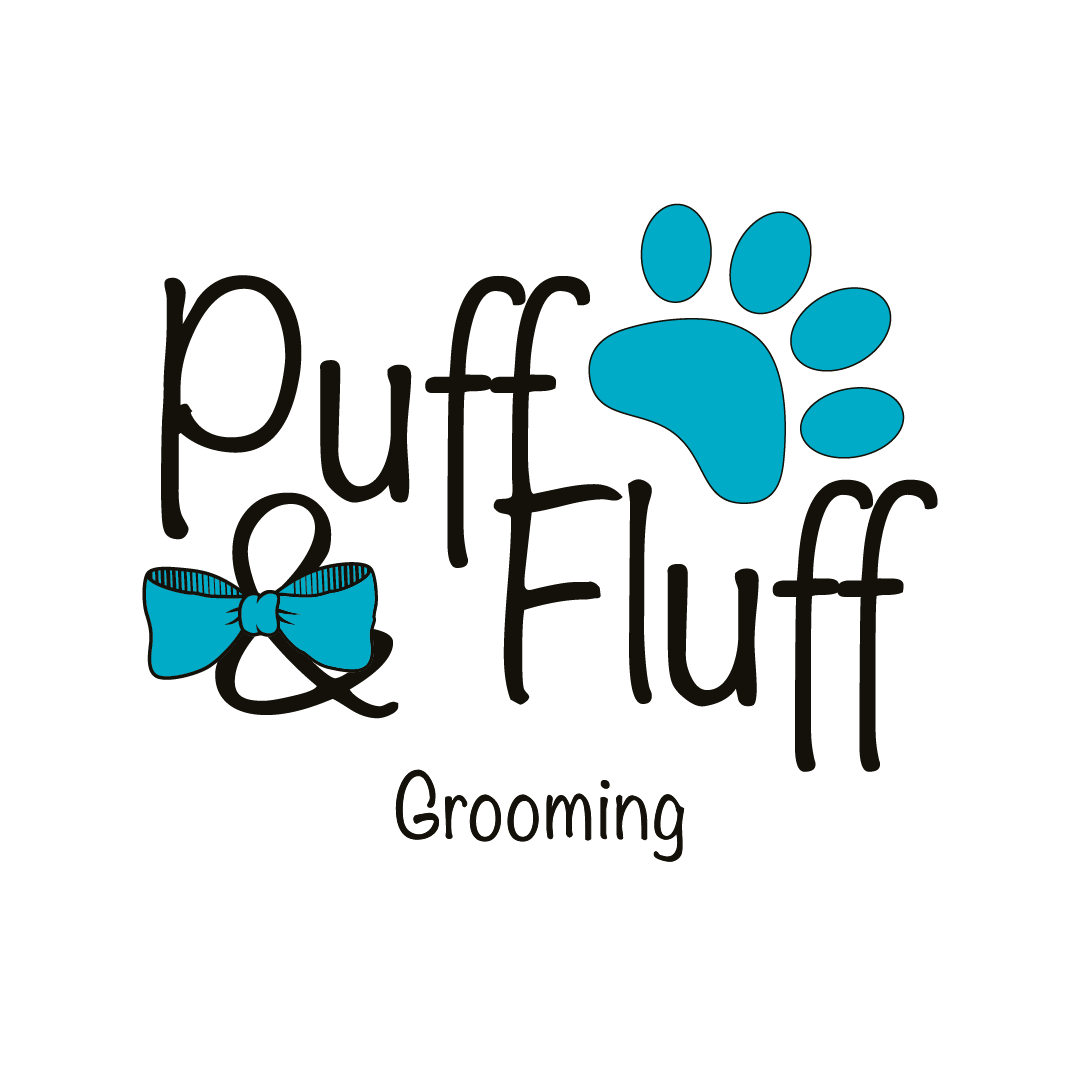Matted. Matting. Mat. It’s almost a dreaded word to hear or say as both an owner and a groomer. But aside from breed trims, adorable haircuts, or crazy creative stuff, matting is kind of what the grooming world revolves around. Either we are saving the coat, shaving them off, or preventing them in the first place. So, what exactly is or causes matting? Why are certain breeds more prone to it than others? What can you do to prevent it from happening? What happens when my dog is matted? A lot of very good questions, all answered here.
Matting is what happens when shedding hair gets tangled in healthy coat and comes trapped. It can also happen in high friction areas such as the sanitary (sani for short) area which is between the back legs, under the belly; the armpits; and behind the ears. Under the legs become matted because of the movement they make while walking, twisting up the hair as they go. Ears are a common matting sight due to ear movement and scratching. As shedding and tangled hair build, they fuse and become tight, pulling on the skin and can be uncomfortable for the pet. Washing a dog with mats can make the situation worse, as wetting and drying actually causes the matting to get tighter. This is the same concept as getting a wool garment wet.
Okay, so what breeds of dog can get matted? Besides your obvious breeds such as a pug or doberman which are all short haired dogs, ANY dog with long hair can become matted. Yes, ANY! “But you said it’s shedding hair that gets tangled? I have a poodle, they do not shed.” Yes. They do. ALL dogs shed! There is no such thing as a non-shedding, hypoallergenic dog. Yes, they do shed less, and they may not aggravate allergies quite as much but this is a phrase made up by breeders to sell more puppies. I hate to sound rude but somebody had to say it (don’t get me started on doodles.)
Onto the next question, how do you prevent this? Basic brushing is all that is needed to prevent matting. Even if there are some small mats, they are typically easier to work out if the dog is used to regular brushing. I’m talking fifteen minutes, twice a week, while you’re relaxing on the couch or winding down from a stressful week. Like petting, grooming your dog can become therapeutic and pets can enjoy it too. Slicker brushes are good for breaking up tangled hair, and covering a large area. However, slicker brushes can also irritate the skin if used in one spot for too long or too harshly. Combs are great for tiny tangles and checking your work. If you cannot get your comb through your dog’s coat without catching on an impassible snag, the long settings on our clippers cannot either.
So maybe you’ve recently adopted a pet who is matted, and it is bad, like a cast, what happens? We start over. Taking our shortest blade, we work our way under the mats to free to skin. Sometimes the mats are loose and a longer blade can be used to get underneath, but in most severe cases is it safest to use our shortest blade. But mats are painful to remove, and sometimes they are even too tight for our shortest. At this point, a vet must be consulted. A groomer in the veterinary office can use surgical blades, like what you see when they take blood or clear away the hair for a surgery. This is something we do not have access to and is too dangerous for us to use. At the vet, they can sedate the animals and proceed as slowly as necessary, and if a nick happens it can be treated immediately.
Just remember that every time your furbaby comes in for a bath & brush or groom, they get completely brushed out and matting is then prevented for a time in the same way brushing at home would. They leave us feeling light, puffed, and fluffed and ready for a day on the town!
